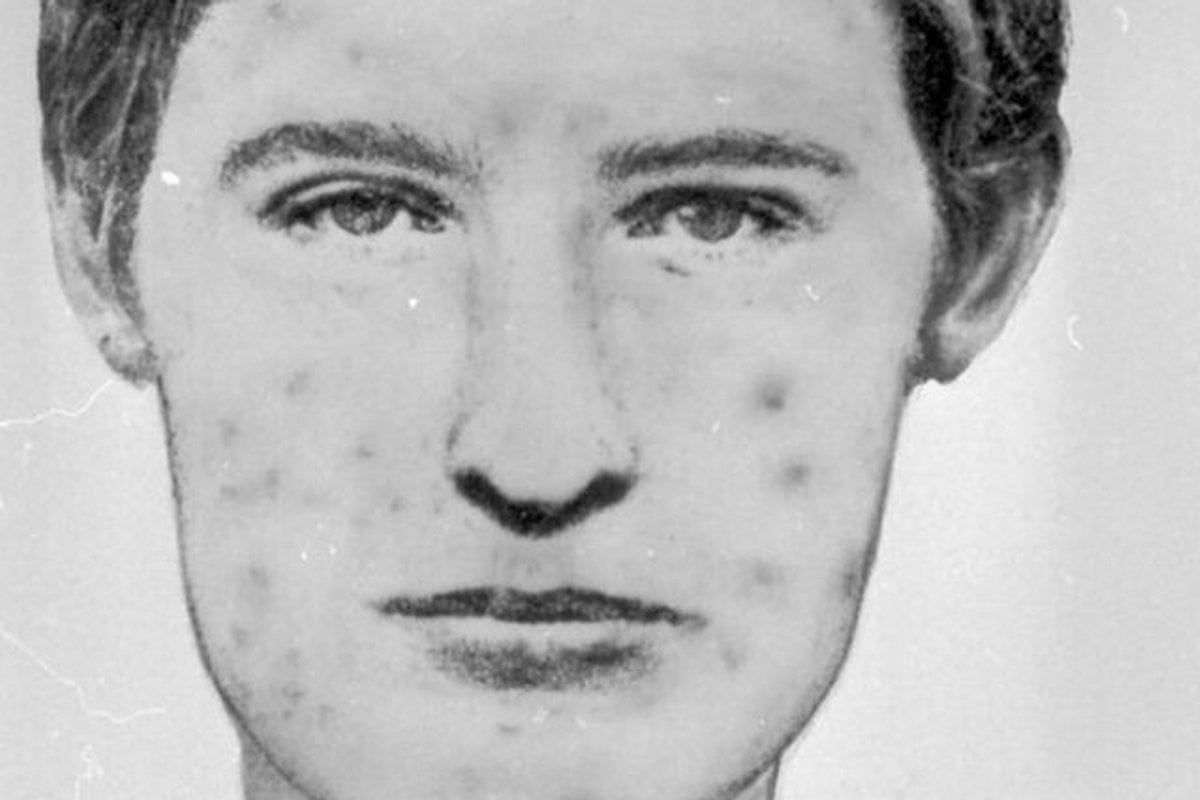
He was known as The Pockmarked Man.
In the 1980s and 1990s, he committed a series of rapes and murders in the Paris region, with one victim aged just eight. Now, finally, police know his real identity.
The killer got his nickname (in French, Le Grêlé) in 1986, following the murder of Cecile Bloch. On May 5, 1986, the 11-year-old schoolgirl, who was a talented violinist, left her family’s apartment to go to school. But she never made it out of the building.
Watch: The 5 best true crime documentaries. Post continues below.
When her mother rang home at lunchtime to check she’d come back, there was no answer. She rang the school and found out Cecile hadn’t turned up.
The schoolgirl’s body was found under an old carpet in the apartment building’s basement. She’d been raped, stabbed and strangled.
Her older half-brother, Luc Richard, and a number of other people had seen a stranger in the lift that morning. The man was in his late twenties and athletic, with a pockmarked face. He’d seemed very confident, and had said one thing to Richard: "Have a very, very good day."






























































































